Articles > Geography
Trying the top The Largest Cities In Wyoming cities on US State Largest Cities – Choose State & Number? Here are the top 10 to get you started.
1. Cheyenne, WY (Population: 65,168)

Cheyenne, the capital and largest city of Wyoming, is a historic hub of the American West. Founded as a railroad town in the 19th century, Cheyenne grew quickly due to its strategic location on the Union Pacific line. Today, it blends frontier heritage with modern living, hosting the annual Cheyenne Frontier Days, one of the world’s largest rodeo and western celebrations. The city features attractions like the Wyoming State Capitol, Cheyenne Depot Museum, and historic governor’s mansion. Cheyenne’s economy is anchored in government, rail, and agriculture, with growing sectors in energy and tourism. Surrounded by wide-open plains, Cheyenne offers both small-town hospitality and cultural vibrancy.
Interesting Fact: Cheyenne Frontier Days, started in 1897, draws hundreds of thousands of visitors each summer and is known as the “Daddy of ’em All” in rodeo culture.
2. Casper, WY (Population: 58,720)
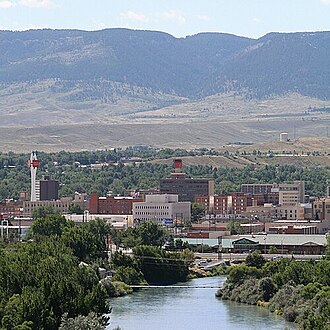
Casper, located in central Wyoming along the North Platte River, is often called “The Oil City” due to its long association with the petroleum industry. Once a booming hub during the oil rush, Casper has evolved into a diverse city with energy, healthcare, and education driving its economy. Outdoor enthusiasts are drawn to Casper Mountain, which offers skiing, hiking, and camping just minutes from downtown. The National Historic Trails Interpretive Center highlights the Oregon, Mormon, California, and Pony Express trails, reflecting Casper’s important role in westward expansion. Its mix of heritage, outdoor adventure, and community spirit make it a unique Wyoming destination.
Interesting Fact: Casper hosted part of the 2017 total solar eclipse, attracting astronomers and tourists from around the world.
3. Gillette, WY (Population: 33,496)
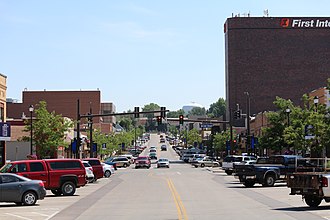
Gillette, in northeastern Wyoming, is known as the “Energy Capital of the Nation.” Situated in the Powder River Basin, Gillette produces a significant portion of the nation’s coal, oil, and natural gas. The city’s economy and identity are deeply tied to energy production, though it has also developed cultural and recreational opportunities. Gillette is home to the CAM-PLEX Multi-Event Facilities, which host concerts, rodeos, and sporting events. Its location provides access to iconic destinations like Devil’s Tower and the Black Hills. While industry dominates, Gillette fosters a strong community spirit with parks, schools, and local festivals.
Interesting Fact: The Powder River Basin near Gillette supplies roughly 40% of the coal used in the United States.
4. Laramie, WY (Population: 32,152)
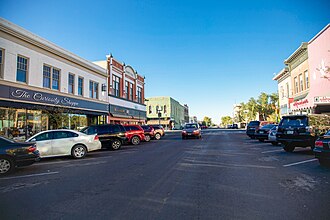
Laramie, nestled between the Snowy and Laramie mountain ranges, is a lively university town and cultural hub. Home to the University of Wyoming, the city thrives on academics, research, and athletics. The campus contributes to a vibrant arts and sports scene, with museums, galleries, and Cowboy football at the center of community life. Historically, Laramie was a railroad town on the Union Pacific line, and it still celebrates its heritage with historic districts and museums. Its outdoor opportunities are abundant, from hiking and skiing to fishing and rock climbing in nearby mountains.
Interesting Fact: Laramie’s University of Wyoming is the state’s only public four-year university, making it a central hub for education and research statewide.
5. Rock Springs, WY (Population: 22,954)
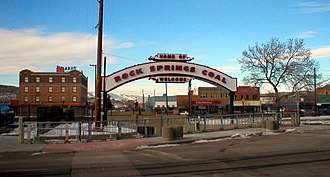
Rock Springs, located in southwestern Wyoming, has a rich history rooted in coal mining and immigration. Nicknamed the “Home of 56 Nationalities,” Rock Springs was shaped by immigrants from around the world who came to work in the mines. Today, its diverse heritage is celebrated at the annual International Day Festival. Rock Springs is also a gateway to Flaming Gorge National Recreation Area, offering boating, fishing, and scenic beauty. The city’s economy remains tied to energy but has grown to include tourism and services.
Interesting Fact: Rock Springs’ International Day Festival is one of the longest-running multicultural events in Wyoming, celebrating its historic immigrant community.
6. Sheridan, WY (Population: 19,543)
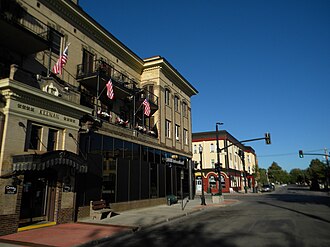
Sheridan, in northern Wyoming near the Bighorn Mountains, is celebrated for its Old West charm and modern livability. The city features a vibrant downtown with Western-style architecture, art galleries, and restaurants. Sheridan has a strong ranching tradition and is known for hosting the Sheridan WYO Rodeo, one of the state’s largest. With access to hiking, fishing, and hunting in the Bighorns, it attracts outdoor enthusiasts. Its mix of culture, history, and scenery makes Sheridan one of Wyoming’s most picturesque towns.
Interesting Fact: Famed Western author Owen Wister, who wrote “The Virginian,” often visited Sheridan and was inspired by the area’s landscapes and ranch culture.
7. Evanston, WY (Population: 11,807)
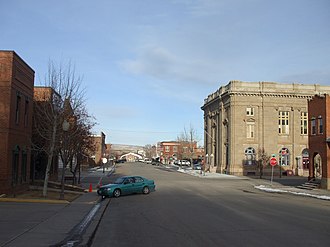
Evanston, located in southwestern Wyoming near the Utah border, has a history tied to the Union Pacific Railroad and coal mining. The historic railroad roundhouse and rail yards remain landmarks today, showcasing the city’s origins. Evanston is also a gateway to the Uinta Mountains, offering fishing, camping, and hiking. The city celebrates its heritage with cultural events and festivals, while modern industries include manufacturing and energy. Its small-town character and scenic backdrop make it a welcoming place.
Interesting Fact: Evanston’s restored railroad roundhouse and railyards are among the best-preserved in the West and serve as community event spaces.
8. Green River, WY (Population: 11,496)
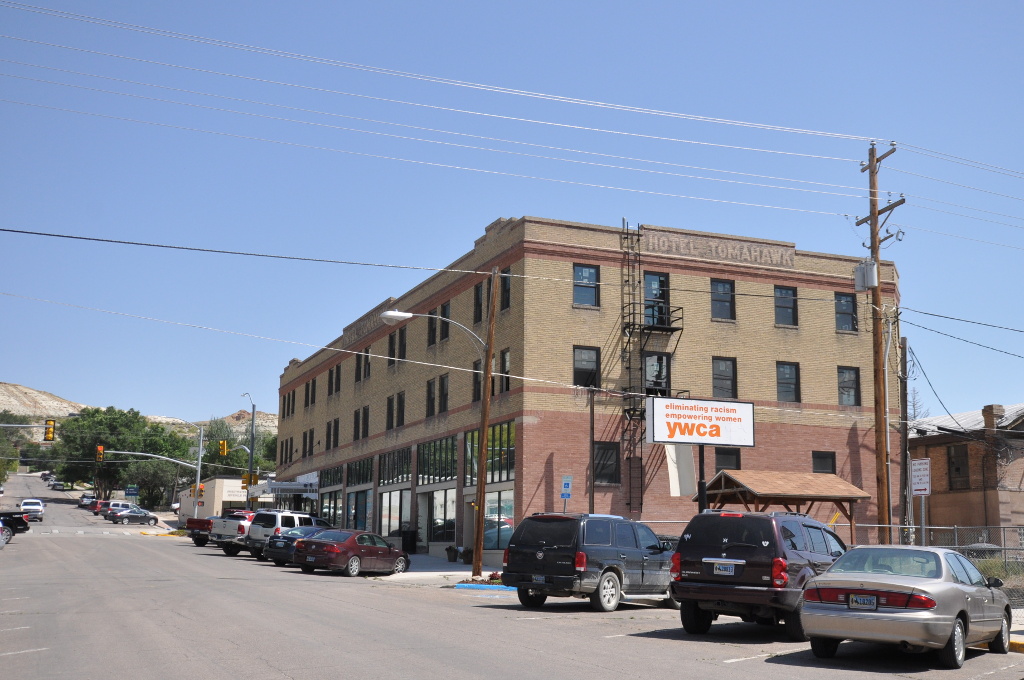
Green River, situated along its namesake river, is surrounded by striking desert landscapes and unique geological formations. Known for its outdoor recreation, Green River offers access to Flaming Gorge Reservoir, a hotspot for fishing, boating, and camping. The city has a mining heritage, with trona mining playing a major role in the local economy. Green River’s small-town atmosphere is enhanced by its scenic location and community events.
Interesting Fact: The Green River Formation near the city is world-famous for its exceptionally preserved fossil beds, including ancient fish and plants.
9. Riverton, WY (Population: 10,923)
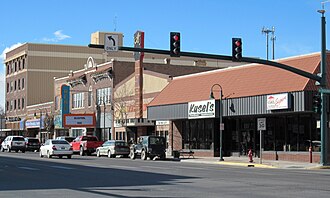
Riverton, located in central Wyoming’s Wind River Valley, is a gateway to both outdoor adventure and Native American culture. The city sits near the Wind River Indian Reservation, home to the Eastern Shoshone and Northern Arapaho tribes. Riverton has grown as a regional hub for agriculture, trade, and education. Outdoor activities include fishing, hunting, and exploring the nearby Wind River Range. Its cultural and geographic position make it an important link between Wyoming’s frontier past and modern development.
Interesting Fact: Riverton was officially founded in 1906 after land from the Wind River Reservation was opened to settlement.
10. Jackson, WY (Population: 10,639)
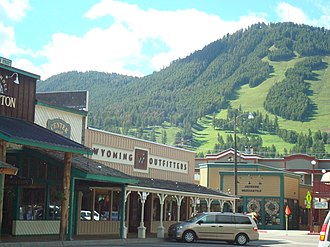
Jackson, in northwestern Wyoming, is world-renowned as the gateway to Grand Teton and Yellowstone National Parks. Despite its small size, Jackson is a global destination for skiing, outdoor recreation, and luxury tourism. The town square, with its famous elk antler arches, symbolizes its frontier-meets-modern identity. Jackson Hole Mountain Resort and nearby wilderness areas draw adventurers year-round. The community balances natural beauty with cultural offerings, including art galleries, theaters, and festivals.
Interesting Fact: Jackson is home to the National Elk Refuge, where thousands of elk migrate each winter, creating one of North America’s most impressive wildlife spectacles.




